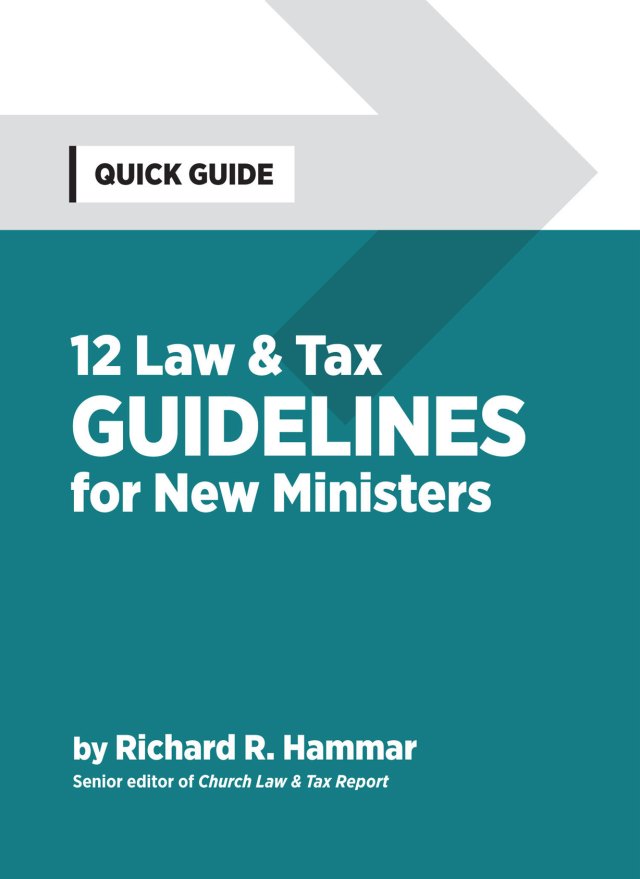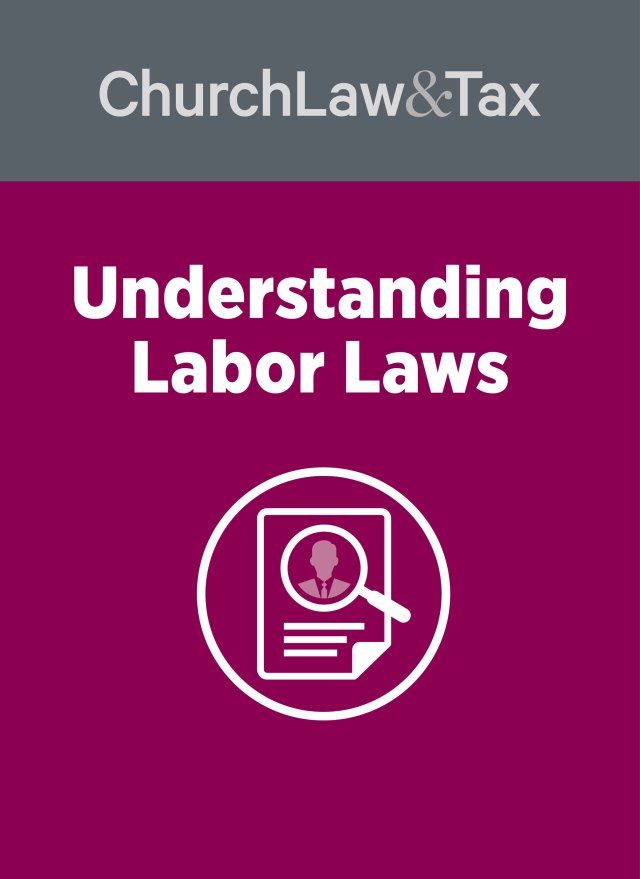Key point: Deciding whether or not a religious worker is an employee or self-employed for federal income tax reporting purposes is a complex decision that requires consideration of several factors.
The IRS ruled that a "religious education coordinator" was an employee for federal income tax reporting purposes.
The religious education worker was employed part-time as a chaplain's assistant by a federal agency. As religious education coordinator, the worker's primary responsibility was to develop and implement a religious education program for all children in kindergarten through twelfth grade. The worker was required to work a minimum number of hours per week, to attend weekly and monthly meetings.
Her duties included obtaining necessary materials and textbooks, recruiting and interviewing prospective teachers, maintaining a list of substitute teachers, and providing teacher training. She was also required to maintain a religious education library, ensure that all equipment was safeguarded and serviceable, maintain enrollment and attendance records and develop fund raising plans. As religious education coordinator, she was also required to attend religious education conferences and workshops, which were to be paid for out of the chaplain's funds, maintain communication with the local diocesan religious education office, submit program or schedule changes to the chaplain for approval, and submit evaluations of teachers, staff and parents to the chaplain each year.
In addition to her duties as religious education coordinator, the worker was also expected to attend church services on a weekly basis. She stated that she received training and instructions from her agency and that the agency retained the right to change the methods used by her or direct her on how to do the work. She also stated that she was supervised by the agency and was required to report to the agency's representative on a weekly basis to receive instructions. All materials, equipment and supplies used by the worker including all classroom materials, curriculum materials, and audio-visual equipment were provided by the agency.
The worker performed her services personally and did not hire anyone to assist her or perform the services for the agency on her behalf. She performed her services at the agency's location. The worker was paid a set salary but did not receive any benefits such as paid sick days, paid vacation days, health insurance, or a pension. The worker performed her services on a part-time basis, approximately 12 hours per week.
She did not perform similar services for others nor did she represent herself to the public as being in the business of performing such services. The agency retained the right to discharge her at any time and the worker retained the right to terminate her services at any time without either party incurring any liability. The worker did not have a financial investment in a business related to the performance of services for the agency and, accordingly, could not realize a profit or incur a loss as a result of her services.
The worker was treated as a self-employed worker by the agency and accordingly the agency did not withhold federal income taxes or social security taxes from her pay and issued her a Form 1099.
The IRS concluded that the worker was an employee for federal income tax reporting purposes. It began its ruling by noting that the income tax regulations specify that in general
the relationship of employer and employee exists when the person for whom the services are performed has the right to control and direct the individual who performs the services not only as to the results to be accomplished by the work, but also as to the details and means by which the result is accomplished. That is, an employee is subject to the will and control of the employer not only as to what shall be done, but also as to how it shall be done. In this connection, it is not necessary that the employer actually direct or control the manner in which services are performed; it is sufficient if he or she has the right to do so. The right to discharge is also an important factor indicating that the person possessing that right is the employer. Other factors characteristic of an employer, but not necessarily present in every case, are the furnishing of tools and the furnishing of a place to work to the individual who performs the services. In general, if an individual is subject to the control or direction of another merely as to the result to be accomplished and not as to the means and methods for accomplishing the result, he or she is an independent contractor.
The IRS concluded that the religious education coordinator was an employee on the basis of this test:
Applying the common law to the facts in this particular case, the fact that the worker was given training and instructions by the firm is indicative of an employment relationship. In addition, the fact that the worker was supervised by, and required to report, to the firm's representative is also indicative of an employment relationship. The fact that the firm retained the right to change the methods used by the worker or direct her on how to do the work is also characteristic of an employment relationship.
The fact that the worker performed her services at the firm's location, that all materials, equipment and supplies needed by the worker were provided by the firm, and that the worker was required to perform the services personally are among the other factors which indicate that an employment relationship existed between the firm and the worker. In addition, the facts that the worker did not have a financial investment in a business related to the services she performed for the firm and, as a result, could not realize a profit or incur a loss as a result of her services, characterizes an employment relationship.
The fact that the worker did not perform similar services for others, did not represent herself to the public as being in the business of performing such services, and did not advertise her availability to do so also indicate that the worker was an employee of the firm. The right of the firm to discharge the worker at any time without incurring any liability and the right of the worker to terminate her relationship with the firm at any time without incurring any liability are also characteristic of an employment relationship.
Among other things, this case illustrates that part-time workers often will be employees for income tax reporting purposes. The religious education coordinator worked 12 hours per week but was still considered to be an employee. IRS Private Letter Ruling 9448013.




